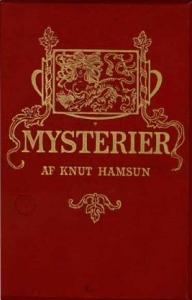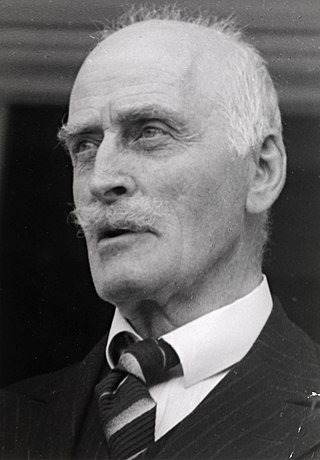
Knut Hamsun was a Norwegian writer who was awarded the Nobel Prize in Literature in 1920. Hamsun's work spans more than 70 years and shows variation with regard to consciousness, subject, perspective and environment. He published more than 20 novels, a collection of poetry, some short stories and plays, a travelogue, works of non-fiction and some essays.
Norwegian literature is literature composed in Norway or by Norwegian people. The history of Norwegian literature starts with the pagan Eddaic poems and skaldic verse of the 9th and 10th centuries with poets such as Bragi Boddason and Eyvindr Skáldaspillir. The arrival of Christianity around the year 1000 brought Norway into contact with European medieval learning, hagiography and history writing. Merged with native oral tradition and Icelandic influence, this was to flower into an active period of literature production in the late 12th and early 13th centuries. Major works of that period include Historia Norwegie, Thidreks saga and Konungs skuggsjá.
In literature, psychological fiction is a narrative genre that emphasizes interior characterization and motivation to explore the spiritual, emotional, and mental lives of the characters. The mode of narration examines the reasons for the behaviors of the character, which propel the plot and explain the story. Psychological realism is achieved with deep explorations and explanations of the mental states of the character's inner person, usually through narrative modes such as stream of consciousness and flashbacks.

Per Petterson is a Norwegian novelist. His debut book was Aske i munnen, sand i skoa (1987), a collection of short stories. He has since published a number of novels to good reviews. To Siberia (1996), set in the Second World War, was published in English in 1998 and nominated for the Nordic Council Literature Prize. I kjølvannet, translated as In the Wake (2002), is a young man's story of losing his family in the Scandinavian Star ferry disaster in 1990 ; it won the Brage Prize for 2000. His 2008 novel Jeg forbanner tidens elv won the Nordic Council Literature Prize for 2009, with an English translation published in 2010.

Hunger is a novel by the Norwegian author Knut Hamsun published in 1890 by P.G. Philipsens Forlag. The novel has been hailed as the literary opening of the 20th century and an outstanding example of modern, psychology-driven literature. Hunger portrays the irrationality of the human mind in an intriguing and sometimes humorous manner.

Growth of the Soil is a novel by Knut Hamsun which won him the Nobel Prize in Literature in 1920. It follows the story of a man who settles and lives in rural Norway. First published in 1917, it has since been translated from Norwegian into languages such as English. The novel was written in the popular style of Norwegian new realism, a movement dominating the early 20th century. The novel exemplified Hamsun's aversion to modernity and inclination towards primitivism and the agrarian lifestyle. The novel employed literary techniques new to the time such as stream of consciousness. Hamsun tended to stress the relationship between his characters and the natural environment. Growth of the Soil portrays the protagonist (Isak) and his family as awed by modernity, yet at times, they come into conflict with it. The novel contains two sections entitled Book One and Book Two. The first book focuses almost solely on the story of Isak and his family and the second book starts off by following the plight of Axel and ends mainly focusing on Isak's family.

On Overgrown Paths is the English title of the final novel by Norwegian author and nobel laureate Knut Hamsun. Hamsun's attempt to prove his soundness of mind after his sanity was called into question. Written at the age of 90, as his last literary work, the short novel is part a fiction pamphlet, part diary, part old man's apologia and part protest at the court ruling in his 1948 trial, that determined he had "permanently impaired mental abilities".
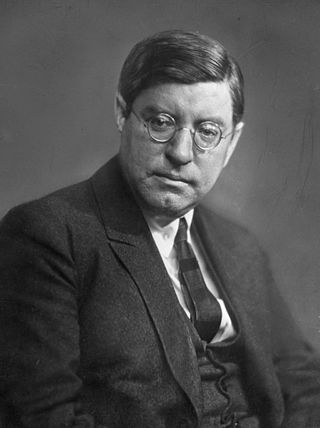
Sven Elvestad was a Norwegian journalist and author. He is best known for his detective stories, which were published under the pen name Stein Riverton and translated to several languages, including German and English.
Pan is a 1995 Danish/Norwegian/German film directed by the Danish director Henning Carlsen. It is based on Knut Hamsun's 1894 novel of the same name, and also incorporates the short story "Paper on Glahn's Death", which Hamsun had written and published earlier, but which was later appended to editions of the novel. It is the fourth and most recent film adaptation of the novel—the novel was previously adapted into motion pictures in 1922, 1937, and 1962.
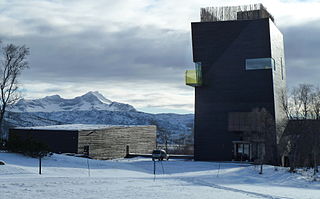
The Knut Hamsun Centre is a museum and educational centre in Hamarøy in Northern Norway dedicated to the life and work of the writer Knut Hamsun.

The Half Brother is a 2001 novel by the Norwegian writer Lars Saabye Christensen. The story follows a man who grows up in Oslo after World War II, with his mother, grandmother, great grandmother and half brother. The novel was published in Norwegian by Cappelen in 2001, and in English for the first time in 2003. It received the Brage Prize and the Nordic Council Literature Prize. A television series based on the novel was broadcast on NRK in 2013.
Teji Grover is a Hindi poet, fiction writer, translator and painter. According to poet and critic Ashok Vajpeyi, "Teji Grover shapes her language away from the prevalent idiom of Hindi poetry. In her poetry language acquires a form which is unique..." Her poems have been translated into many Indian and foreign languages.
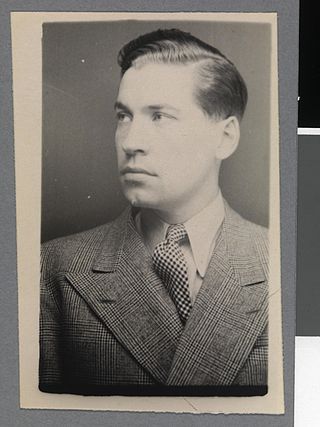
Tore Hamsun was a Norwegian painter, writer, and publisher born in Hamarøy. He was the son of the Nobel Prize winning novelist Knut Hamsun and actress Marie Hamsun.
Wayfarers is the first novel in the Wayfarers trilogy, also known as the August trilogy, by Knut Hamsun. It was first published in 1927. The novel portrays the wayfarers August and Edevart's experiences while they travel around in Norway for more or less random work. The trilogy continues with August three years later, and concludes with The Road Leads On in 1933.
Sverre Lyngstad was a scholar and translator of Norwegian literature. He is renowned for his significant contribution to making Norwegian literature accessible to an English-speaking audience, for which he was awarded the St. Olav's Medal in 1987 and the Royal Norwegian Order of Merit, Knight's Cross, First Class in 2004. He is best known for his translations of and commentaries on the works of Knut Hamsun, which are widely credited for helping to popularise Hamsun's work in the US and UK.
The Last Joy is the third book in Knut Hamsun's "wanderer trilogy." The novel was published in 1912, when Hamsun was just over 50 years old and had much of his writing ahead of him, but already knew the weight of age. The novel is set in the first person; the narrator has lived his life and now has the last joy of opting out of everything and just being with himself in nature. However, in Hamsuns's manner he cannot do it without revealing his self-deception.
August is the second novel in the Wayfarers trilogy, also known as the August trilogy, by the Norwegian author Knut Hamsun. The novel was published on October 1, 1930.
The Road Leads On is the third novel in the Wayfarers trilogy, also known as the August trilogy, by the Norwegian author Knut Hamsun. It was first published on October 5, 1933. The book received a great deal of publicity in the press at the time of publication and, among other things, was called "the book that everyone has been looking forward to and waiting for for weeks and months."
The Ring is Closed was the last novel by the Norwegian author Knut Hamsun. The book was published in 1936. In it, Hamsun writes once again about love that creates a fatal flaw for one party in a relationship.
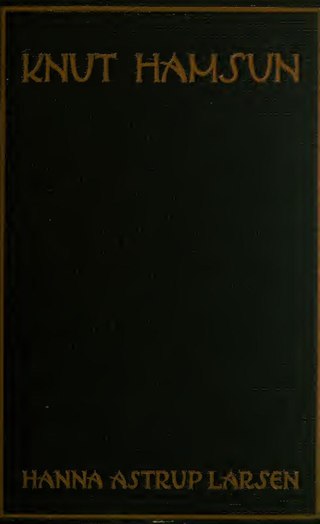
Hanna Astrup Larsen was a Norwegian-American writer, literary editor, and translator.
